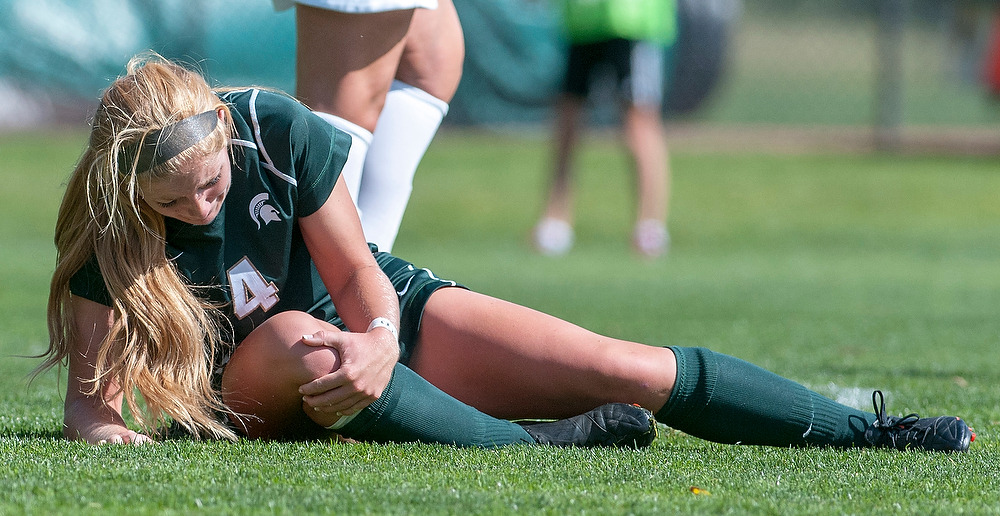Top 3 strength training myths for female players
There are still many myths that abound when it comes to strength training and females. So lets cover the top 3, which are very common, and knock them on the head.
- Strength training causes women to bulk up
In short, females have far less capacity to build muscle size than males do. This is part of why even strength gains (not size) in females are so hard earned and take a lot of consistent work. For starters, females have a greater ratio of slow twitch to fast twitch muscle fibers than men do. You may remember from previous discussions that the slow twitch muscle fibers are the ones which have a far lesser capacity to grow large and powerful. On top of this, testosterone levels (testosterone is a key hormone in the development of muscle mass) are far greater in men than women. In fact, men have up to 10 times the amount of testosterone that women do.

It is impossible for a female to look like this without many years of non stop weight training, and years of 'special supplements.'
These physiological and hormonal differences mean that it is actually very hard for a female to ‘bulk up’ as such. Just ask all the guys at your local gym that look fairly similar to what they did 3 years ago, yet who have been going 4-5 times per week for all that time, how hard it is to put on muscle size. Then factor in the differing hormonal and physiological make up of females, and you will hopefully realise how unfounded a fear this is. Furthermore, it is important to remember that the strength training you are performing as a footy player is supplementary – or a part of your overall program. You are not strength training every day, you are strength training 2-3 times per week. All the muscly or super-shredded ladies that you see posing up on stage in bodybuilding competitions have been dedicated to purely that – building muscle, training daily (many instances multiple times a day) to put on muscle mass, and sadly many also have turned to ‘training aids’ to achieve this too.
Still unsure, then don’t just take our word for it, have a read of the thoughts of arguably the worlds most famous strength coach, Charles Poliquin, on this issue.
- Women should use different training methods to men
Whilst it is becoming less and less common, there are still female athletes out there who are encouraged by coaches to use weight machines and slow controlled movements, rather than free weights, heavier weights, explosive plyometric movements and the like, as they are believed to be a safer option. However as we have discussed in the books and other articles, because these exercises don’t mimic similar movements to the sports themselves, they do not prepare you adequately, and as a result are actually more dangerous. Even more ridiculous are certain recommendations that still encourage minimal or even no strength training for females. So we wont even go here.

Whilst training practices for males and females should be very similar, certain issues such as a far greater incidence of ACL injury in female athletes mean that there are elements that should be different in the programs from gender to gender.
Whilst there are structural and hormonal differences that need to be taken into consideration for female players, by and large there is no need for the general strength and power training practices to be the different for women than men. There are however anatomical and hormonal differences that remain, and this means that certain elements to a program should be adapted. As just one example, a higher incidence of ACL injury in female players (as a result of some of these different anatomical and hormonal differences) means that ‘pre-hab’ for this injury (that is training to prevent it from happening) is a key element to a female players training program.
- Females should avoid heavy weights
This simply is not the case, provided an appropriate level of stability, range of motion, base strength and experience has been reached before using such heavier weights. However this also applies to male players. However, females do have slightly less stability, a little more joint laxity, less bone density, and lower levels of natural base strength, and as a result the progression to heavier weights will take a little longer than males. However, provided this progression is done correctly and patiently, and that the work has been put in to develop stability and base strength levels, there is no difference between the 2 sexes that would mean that female players should avoid the heavier strength training.
In fact, we have touched on elsewhere that there are various reasons why strength training may be even more important for female players than males. And this applies to the heavier weights too. But once again, we must be clear here – this should only occur with females who have progressed appropriately to this level. A beginner trying to lift heavy weights (when really they should be focusing on technique, range of motion, and performing other stability based wok too) is a recipe for disaster.
Strength Coach

